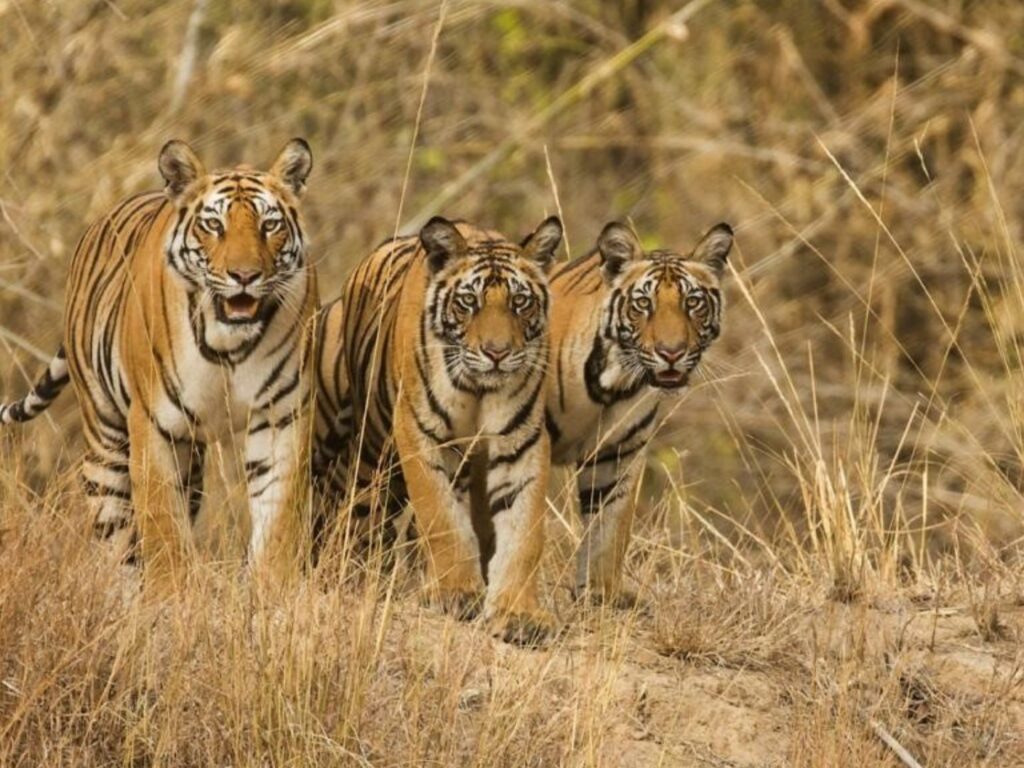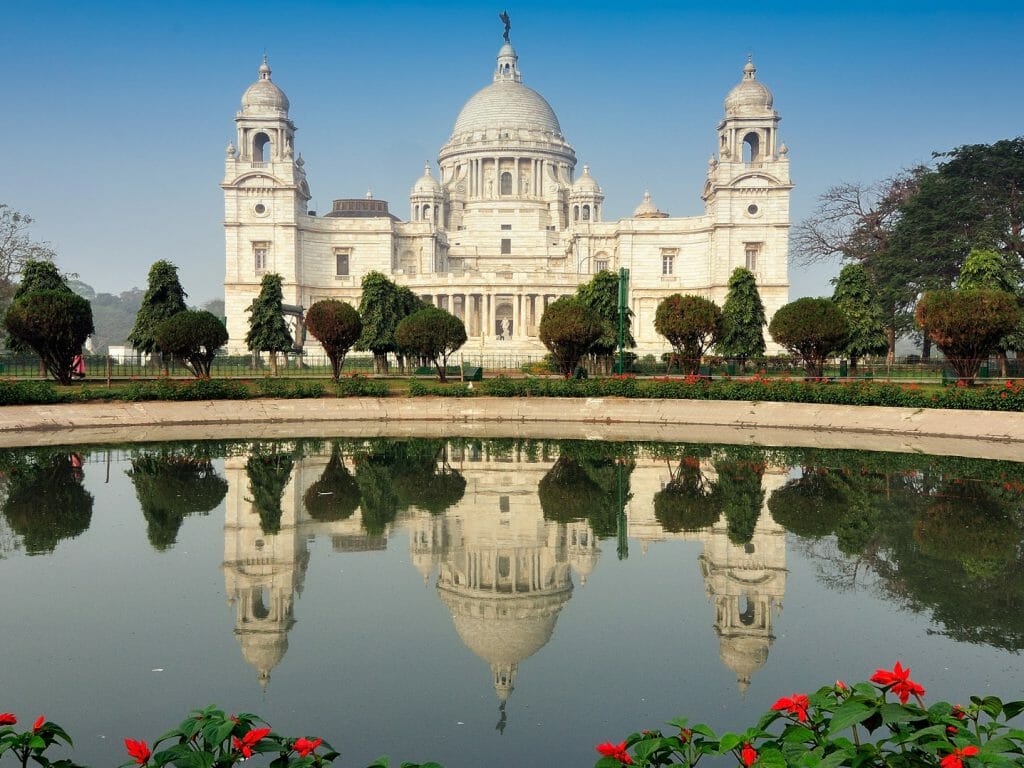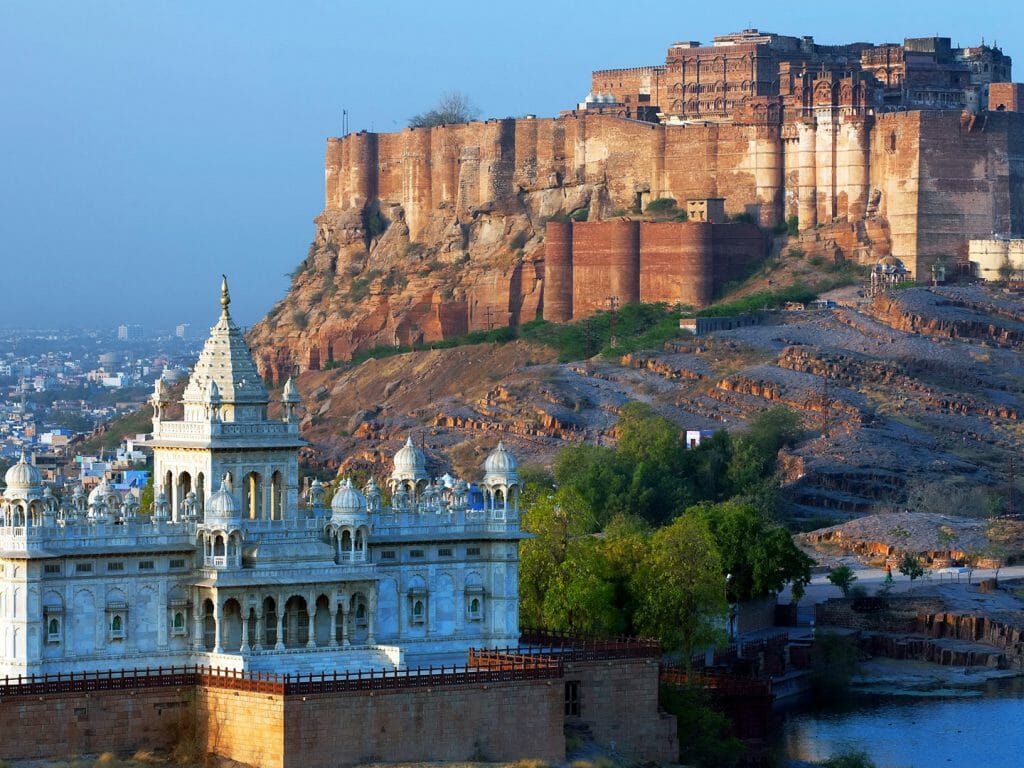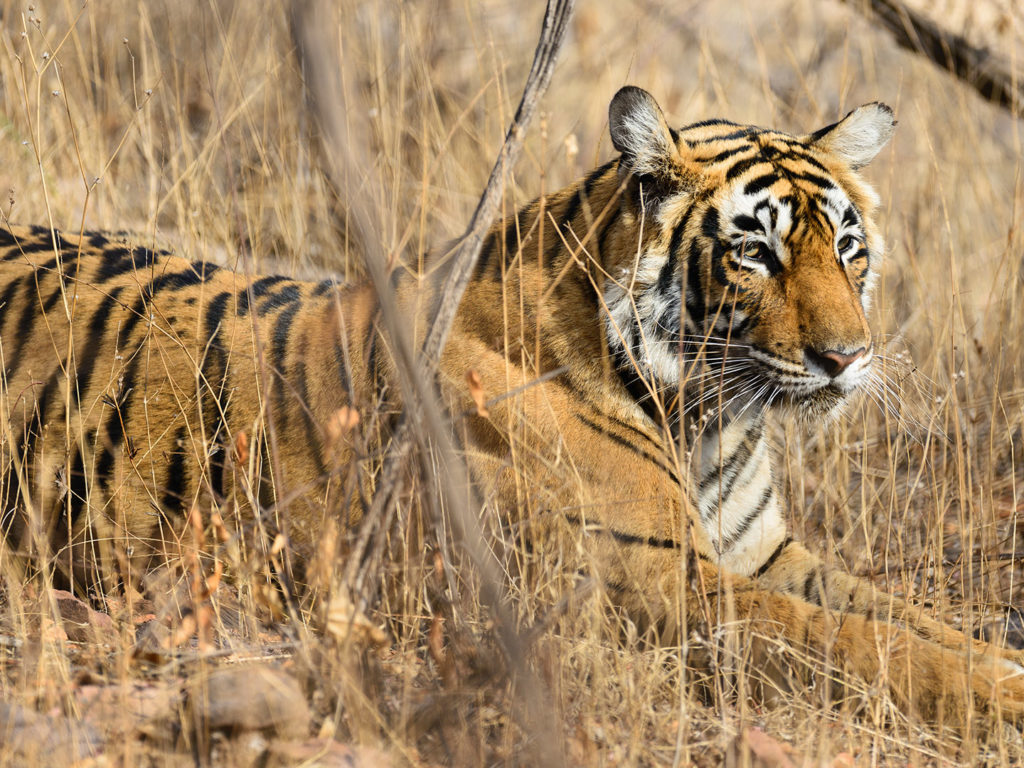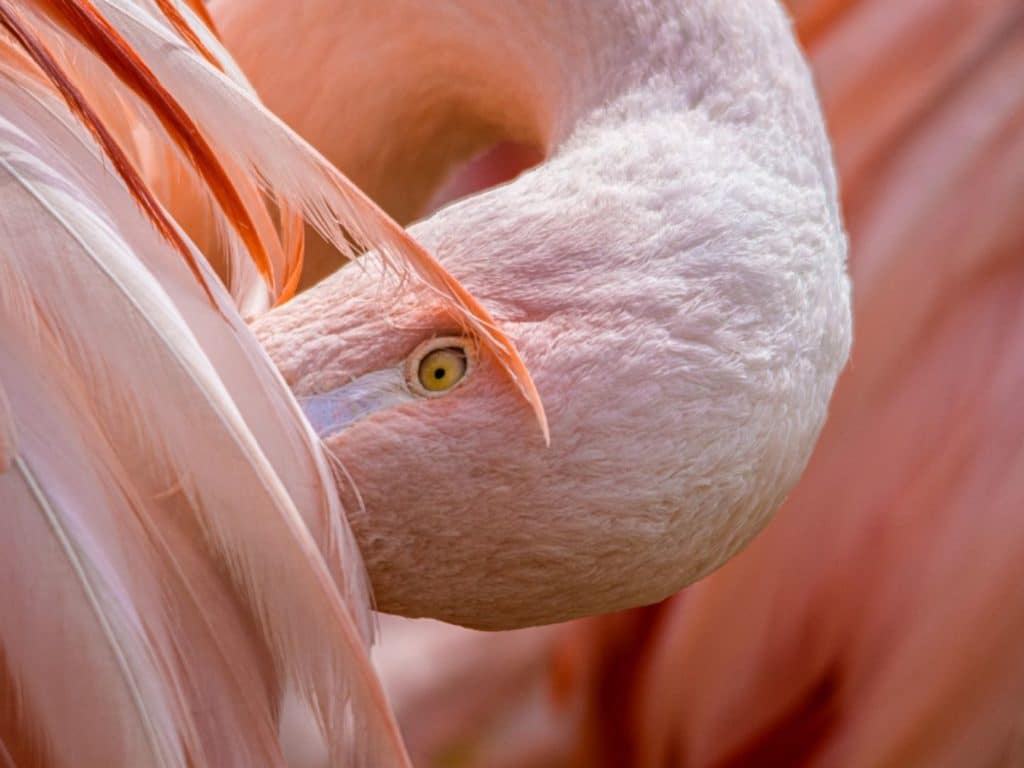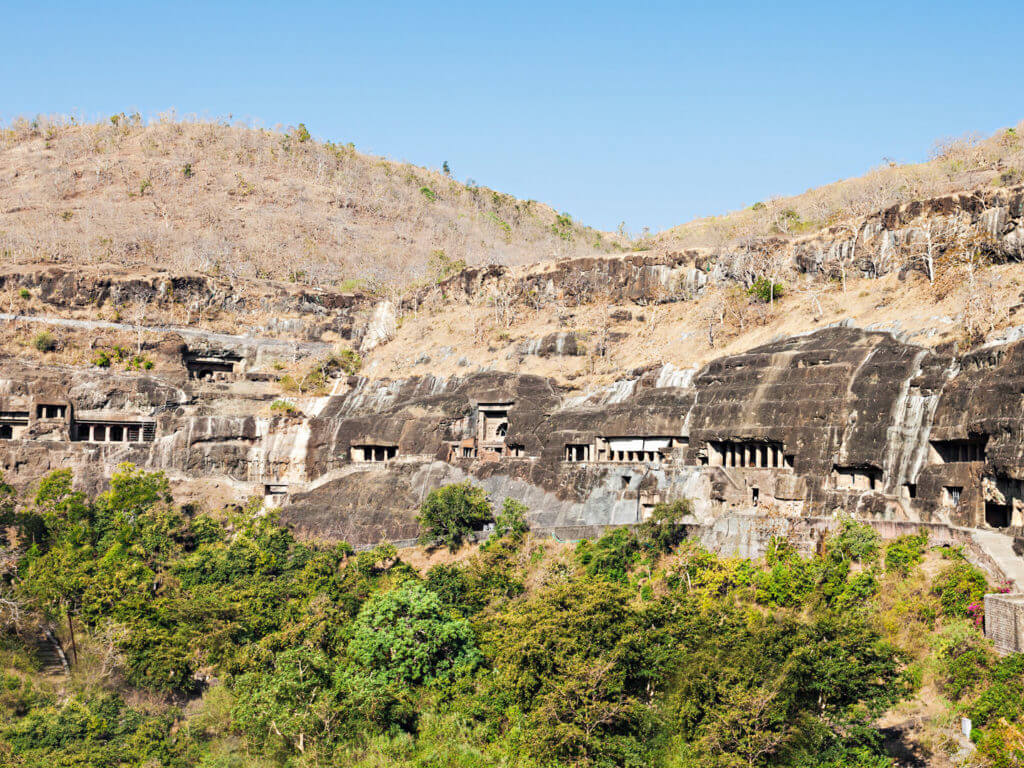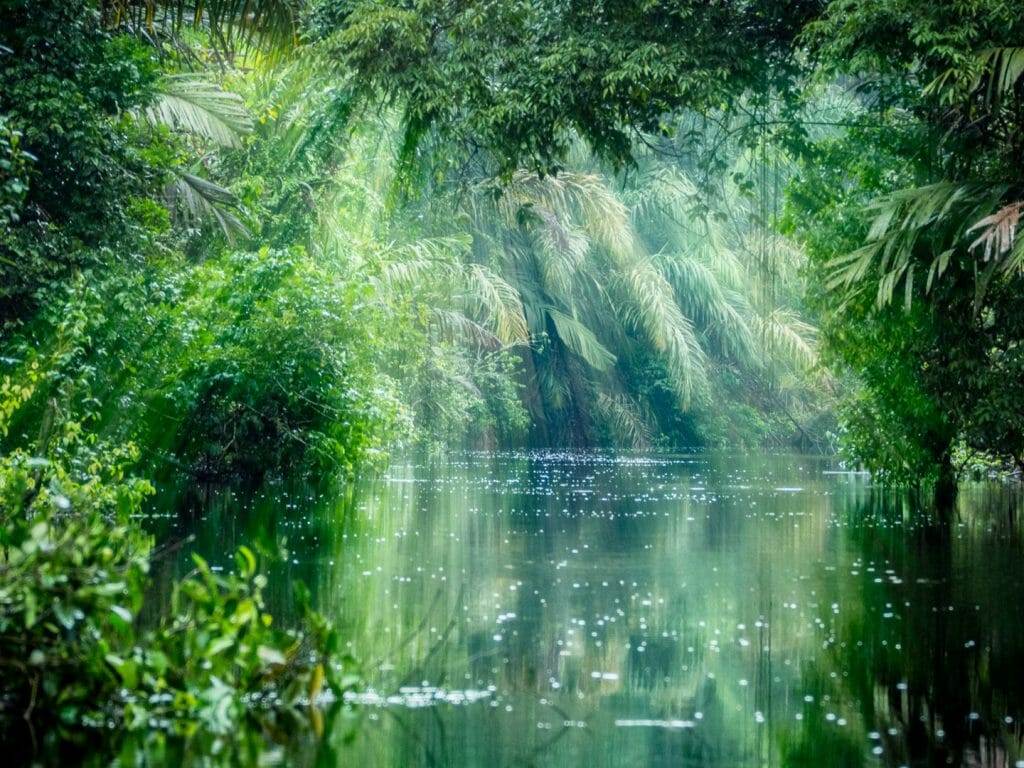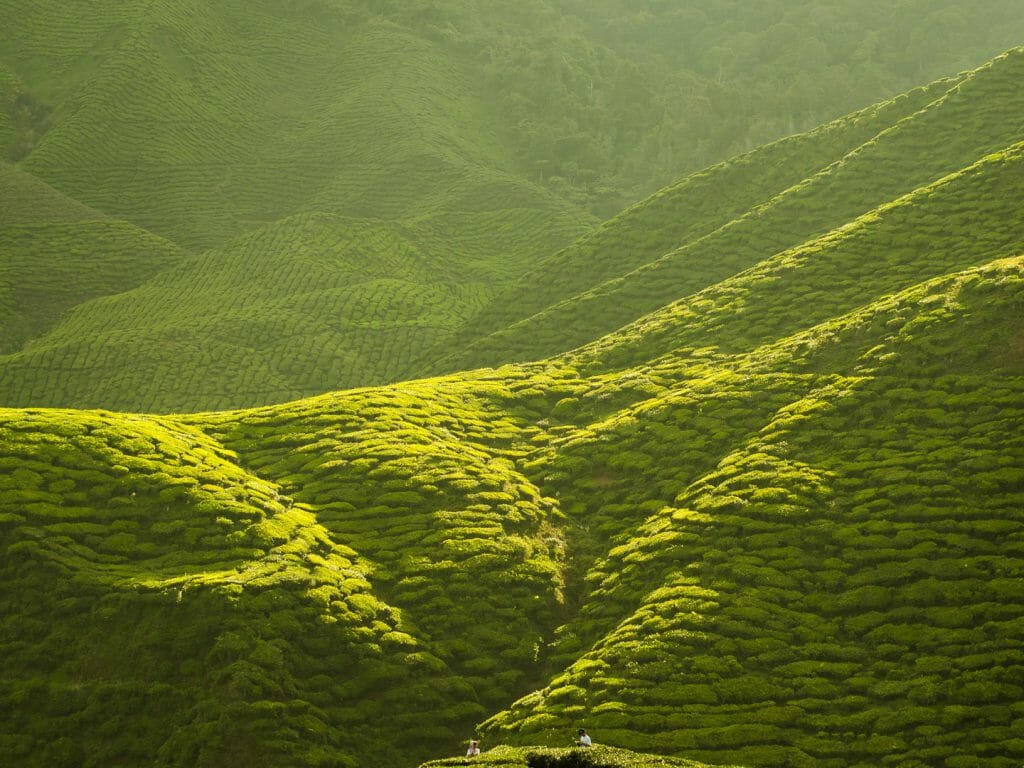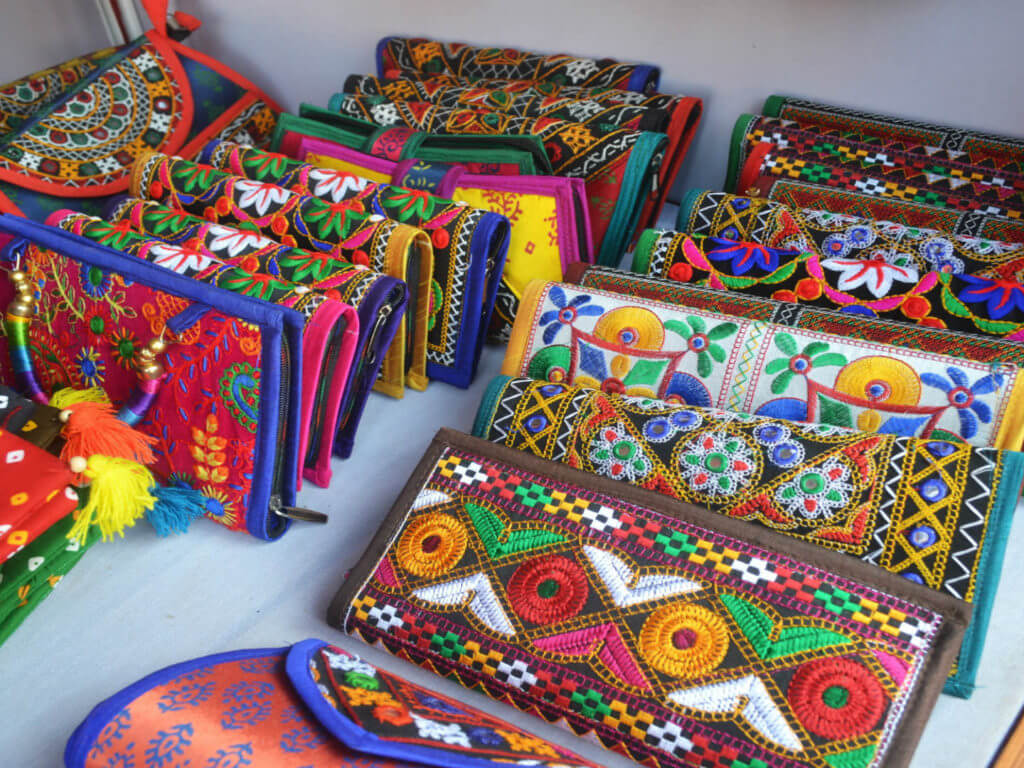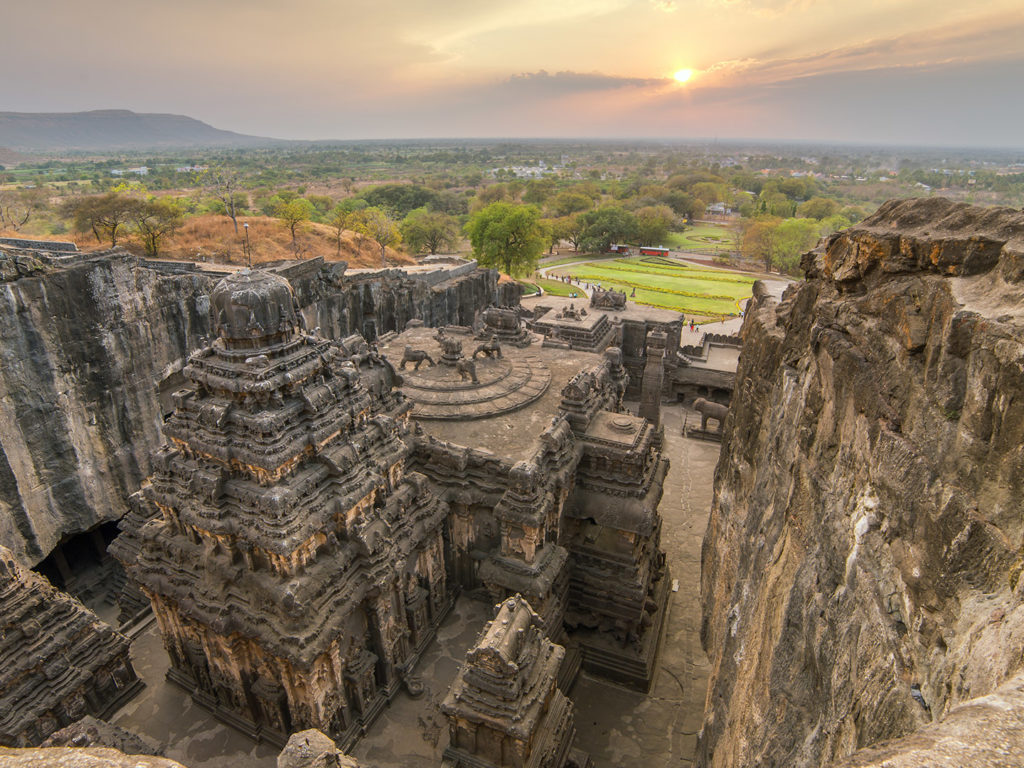The silence echoes around Saspochey village where the yaks walk in slow motion and the air is so clear it sparkles. I spin a prayer wheel and stand back to count the revolutions.
My concentration drifts across to the highest peaks on the horizon and in my mind’s eye, I picture the unmistakable profile of the Ghost of the Himalaya, lightly treading across fresh snow with an air of inscrutability before it slinks off into a mist filled gully, out of sight.
I have come to Ladakh to fulfill a dream of seeing a wild snow leopard. Not long ago, this dream would likely have remained just that however there are changes afoot, and the snow leopard is no longer “that damned elusive Pimpernel”, berated by countless big cat enthusiasts for remaining out of sight, yet paradoxically worshipped for being so enigmatic. Sightings are becoming more frequent and it was a conversation with my friend in India, Rahul that piqued my curiosity.
“Come to Ulley valley with me and I promise you will see a snow leopard.”
My friend, Rahul is one of life’s eternal optimists, but when it came to wildlife he always gave very measured advice. His next comment intrigued me further and made up my mind to book a ticket and make the journey to Ladakh.
“The snow leopard is no longer seen as a nemesis by the local people – they love him now!”
So what has changed? There has been a change in mind-set amongst the rural community in Ladakh, largely down to the development of a homestay enterprise that allows local people to benefit from snow leopard tourism. As such, the snow leopard is no longer persecuted for killing livestock but rather celebrated for enticing wildlife lovers from around the world and with them a much needed revenue stream. So while five years ago a six night stay in the Indian Himalayas would rarely have resulted in a snow leopard sighting, today, in areas where homestays are thriving, the snow leopard is being seen with increasing regularity. While news of these sightings is received with excitement, there are also questions to be considered; will this ongoing habituation conversely lead to greater human-wildlife conflict? Will sightings become so common, the thrill of seeing a snow leopard will be diminished? Will local homestay owners be tempted to lay down bait for snow leopards and in doing so create a dangerous dependency? Will field biologists finally be able to build a clearer picture of snow leopard behaviour and begin to understand critical information like the animal’s range and population?
These questions are on my mind as I sit on a rock in the middle of Ulley valley, with a small group of Steppes’ clients, eating a lunch of tandoori chicken, sweet mango chutney and fresh chapatti. Before stopping for something to eat we had been walking for an hour, north of Saspochey village, during which time my guides, David Sonam and Norbu used a walkie-talkie to keep in close communication with their trackers. This group of beady eyed, local Ladakhis had been mobilised earlier in the day, strategically placed across key snow leopard territories in the valley. Norbu knows these mountains and valleys intimately, having been born in Ulley and turning his home into a homestay style lodge. His guiding partner, David is one of the founders of the Snow Leopard Conservancy, and while a city boy by birth (born in Leh), his love for and knowledge of snow leopards is remarkable. In conjunction with their carefully chosen trackers they make a formidable snow leopard tracking team. It was David whom took me to one side to calmly break the news that high up on the mountain side above us, two snow leopards had been spotted by trackers with well-trained eyes. I am immediately skeptical and over-excited all at once.
“Two! Are you sure…where?”
David smiles but says nothing (the Ladakhi way) and gestures to me to sit down. He begins to unpack his bag in preparation for a picnic.
“Lunch? Now?” I ask incredulously.
David lays out a small, snow leopard embroidered table cloth across a large rock and neatly lines up knives, forks, plates and cups.
“Our trackers are with them. They are not going anywhere so now is a good time to eat. Do you like tandoori chicken?”
As I resignedly eat lunch, the thought that the icy glare of two snow leopards may be upon us, gives me goose bumps. I eat as fast as I can but then remember the comments made by Jigmet at the Snow Leopard Conservancy with whom we met before coming to Ulley, about how snow leopards are very “clean eaters”. I curb my hog like instincts and “eat cleanly”, wishing I hadn’t put so much on my plate so we could just get moving.
Norbu finishes his lunch and speaks into his walkie talkie, presumably to check on the snow leopards’ position. After a brief exchange he beckons to the group to follow him and we march as quickly as our full bellies and the altitude will allow, into a ravine and up onto a high vantage point that looks across at a steep mountain side. Scopes are deployed and following several conversations on the walkie talkie, Norbu invites me to take a look through the scope. Rocks. All I can see are rocks. My eye darts around the circle of the scope, desperate to lock onto the vision I have had in my mind’s eye since contemplating this trip but all I can see are rocks.
“He is moving” exclaims Norbu.
My heart sinks, as I am convinced the snow leopard will move out of view and off the mountain, taking with him any chance I have of seeing the Ghost of the Himalaya.
“He is climbing onto the rock!”
I know Norbu’s commentary is intended to help but my response is tetchy.
“Which rock!?”
Norbu stays quiet but then everything around me seems to go silent as my eye locks onto the mistakable shape of a large cat in the centre of the scope. Draped across a rock, the snow leopard is the epitome of feline insouciance with eyes half closed to combat the effect of the sun’s glare. His gigantic tail is curled round in front of him as if he is reluctant to let it out of his sight. It flicks and twitches as if charged with an electric pulse while the rest of his body is motionless, absorbing the heat of the afternoon sun. To his left I can just make out a pair of feline ears (which I later learn belong to his brother) pointing above the top of a boulder. The ears suddenly move as the second snow leopard jumps onto the rock he is using as cover and sniffs the air. For a glorious moment there are two snow leopards visible in the scope before they both nimbly jump across the rocks and disappear from view.
I step away from the scope, lost for words to articulate my feelings about what I have just witnessed. The smiles on the ordinarily inscrutable faces of Norbu and David convey a collective sense of exhilaration better than any words could do justice. Rahul was right; Ladakhis love the snow leopard. Combined with an intelligence and an entrepreneurial spirit like that shown by Norbu and David, this love for the snow leopard could just be what is needed to save it.


